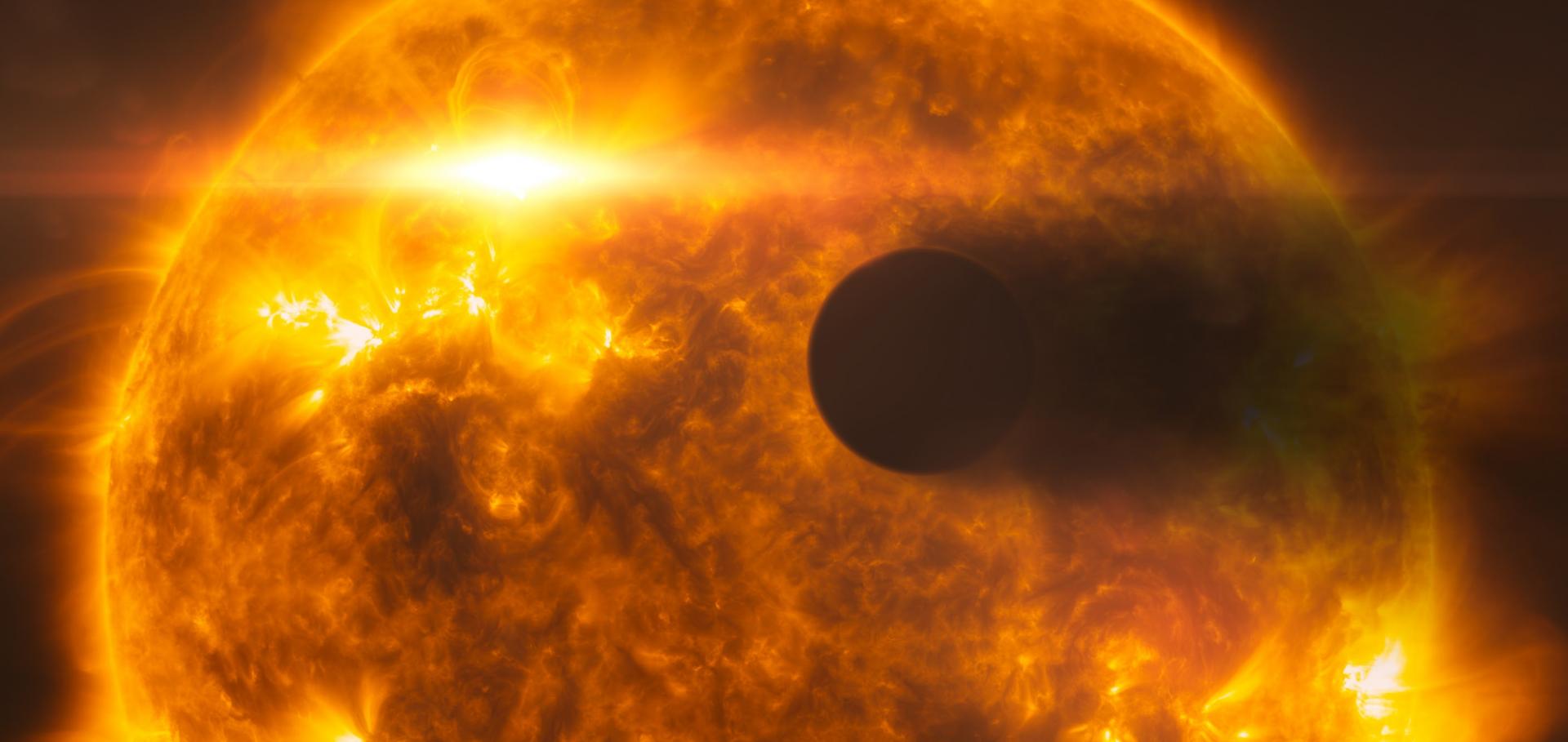Transiting exoplanets from the CoRoT space mission VII. The "hot-Jupiter"-type planet CoRoT-5b
ASTRONOMY & ASTROPHYSICS 506:1 (2009) 281-286
Transiting exoplanets from the CoRoT space mission VIII. CoRoT-7b: the first super-Earth with measured radius
ASTRONOMY & ASTROPHYSICS 506:1 (2009) 287-302
Modelling solar-like variability for the detection of Earth-like planetary transits. II) Performance of the three-spot modelling, harmonic function fitting, iterative non-linear filtering and sliding boxcar filtering
(2008)
Transiting exoplanets from the CoRoT space mission: VI. CoRoT-Exo-3b: The first secure inhabitant of the brown-dwarf desert
Astronomy and Astrophysics 491:3 (2008) 889-897
Abstract:
Context. The CoRoT space mission routinely provides high-precision photometric measurements of thousands of stars that have been continuously observed for months.Aims. The discovery and characterization of the first very massive transiting planetary companion with a short orbital period is reported.Methods. A series of 34 transits was detected in the CoRoT light curve of an F3V star, observed from May to October 2007 for 152 days. The radius was accurately determined and the mass derived for this new transiting, thanks to the combined analysis of the light curve and complementary ground-based observations: high-precision radial-velocity measurements, on-off photometry, and high signal-to-noise spectroscopic observations.Results. CoRoT-Exo-3b has a radius of 1.01 ± 0.07Jup and transits around its F3-type primary every 4.26 days in a synchronous orbit. Its mass of 21.66 ± 1.0 MJup, density of 26.4 ± 5.6 g cm-3, and surface gravity of log g = 4.72 clearly distinguish it from the regular close-in planet population, making it the most intriguing transiting substellar object discovered so far. Conclusions. With the current data, the nature of CoRoT-Exo-3b is ambiguous, as it could either be a low-mass brown-dwarf or a member of a new class of "superplanets". Its discovery may help constrain the evolution of close-in planets and brown-dwarfs better. Finally, CoRoT-Exo-3b confirms the trend that massive transiting giant planets (M ≥ 4 MJup) are found preferentially around more massive stars than the Sun. © 2008 ESO.Magnetic activity in the photosphere of CoRoT-Exo-2a. Active longitudes and short-term spot cycle in a young Sun-like star
(2008)


